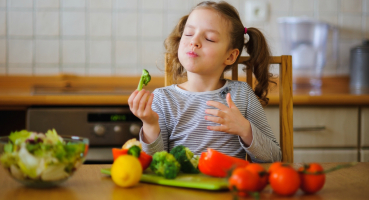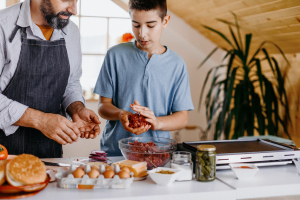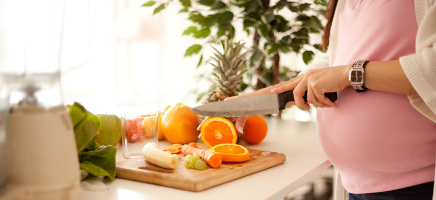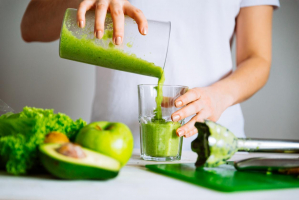Top 10 Parenting Hacks to Get Your Kids to Eat Healthier
Parents and children frequently engage in continual conflict when it comes to eating healthy. Most children do not consume the necessary amounts of fruits and ... read more...vegetables, according to statistics. Here are some parenting tips to encourage your children to eat healthier rather than forcing them to consume foods they don't want.
-
If allowed, kids often eat sodas, chips, cakes, biscuits, and cookies as snacks. The majority of this is made up entirely of sugar, trans fats, and refined flour, all of which are exceedingly unhealthy.
By ensuring they eat healthily at mealtimes, you can stop them from snacking as frequently. By making sure kids eat well at mealtimes, you can reduce the frequency of their snacking. Simply lower the amount or divide it into smaller meals that are served more often if three large meals are too much for their little stomachs. Protein- and healthy fat-rich meals not only have a nice look and taste, but they also provide satiety and prolong the feeling of fullness. For a kid to grow, a sufficient protein intake is crucial, and optimal brain development requires an adequate fat intake. To satisfy those needs, serving avocado and chicken in a wholewheat wrap is a great idea you can try.
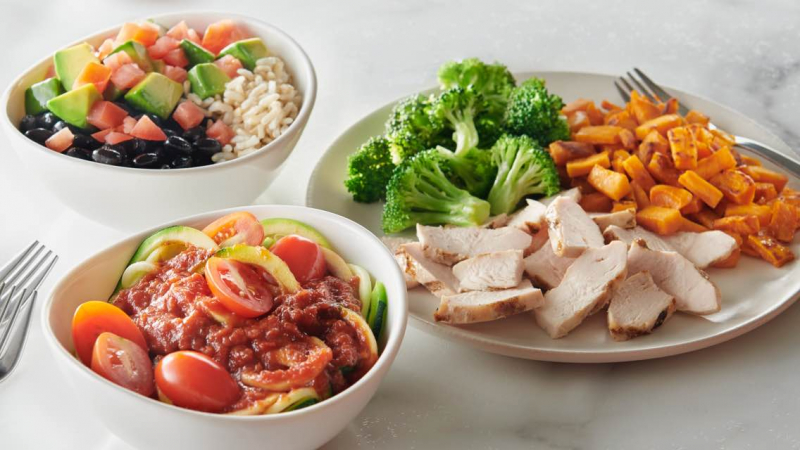
Replace the Snacking 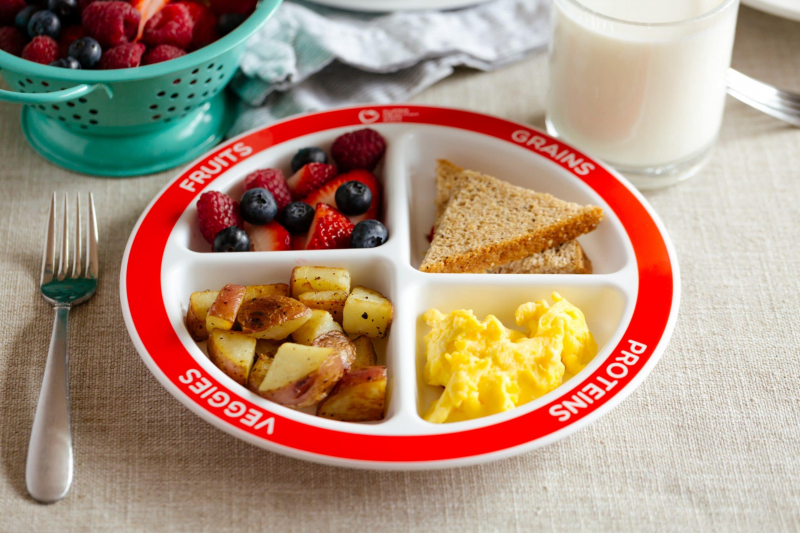
Replace the Snacking -
While it's better to avoid frequent snacking, there will still be times when a snack is necessary, so stock up on some healthy options. Make nutritious fruits and vegetables into crispy baked homemade chips to entice your picky eaters! Kids of all ages love these colorful and creative snacks.
Make air-fried kale or sweet potato chips, for example, as an alternative to potato chips. Easy to make and great to stash in a lunch box. Your kid won’t even feel left out at lunchtime because they look like the “real” thing! While sweet potato and kale are rich in important nutrients, potatoes hardly offer any nutritional value. Kids' healthy eyesight depends on vitamin A, and kale is also a good source of vitamins C and K, which support their immune systems.
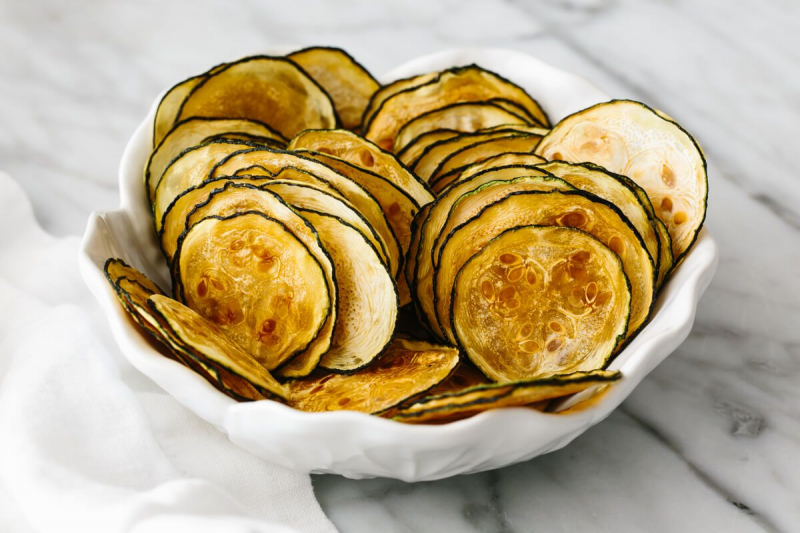
Change the Chips 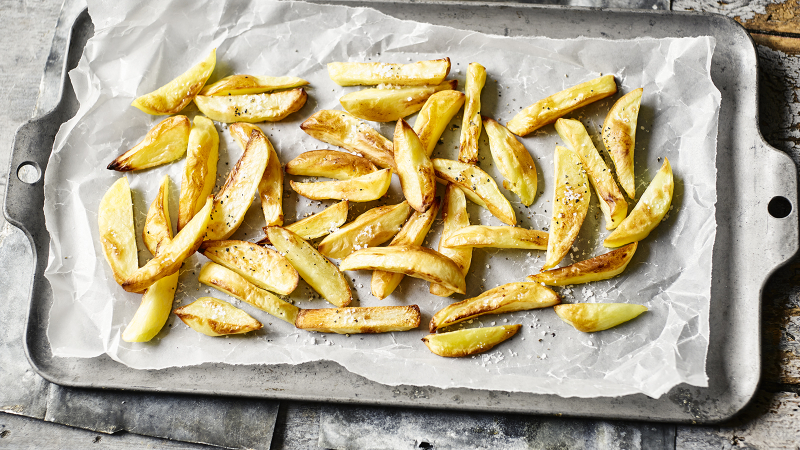
Change the Chips -
Kids and mess are unquestionably linked. Even though a child with tomato sauce all over their lips, fingers, and even T-shirt might not look humorous to the one forced to clean them up, it is clear the child is loving their meal.
If you want your kids to eat more fruits and veggies, you need to make sure that they taste really good. And one of the greatest ways to do so is to always have a few delicious, healthful sauces and dips on hand. When serving healthier foods to your children, using healthier versions of popular dips might be a great option. For example, hummus, applesauce without added sugar, or yogurt. Serve the kale chips with homemade sugar-free tomato sauce or a cheese dip if you want to get them addicted to them.
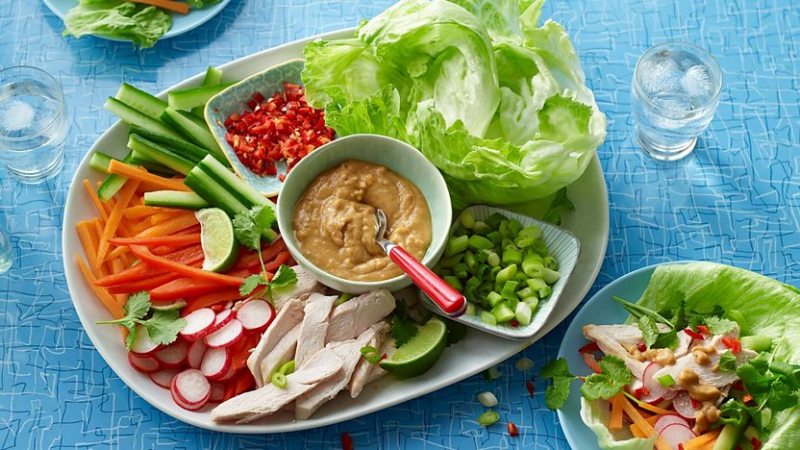
Have Fun With Sauces and Dips 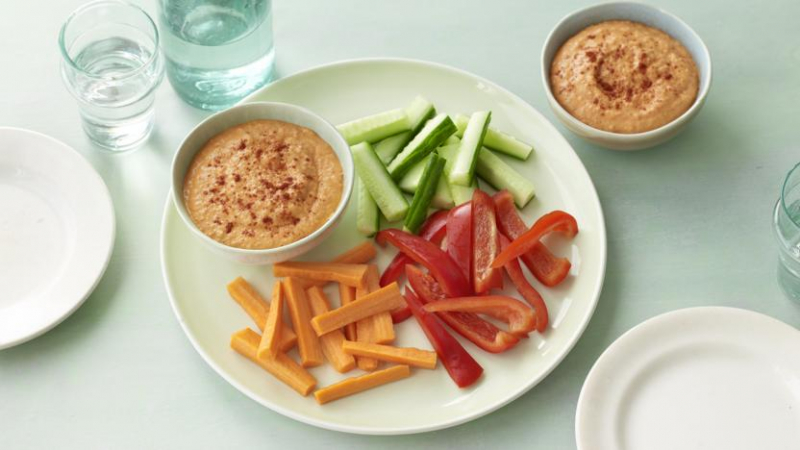
Have Fun With Sauces and Dips -
Giving your child chocolate is healthy, but you need to be careful about the type of chocolate you buy. Avoid candy bars that include corn syrup, food coloring, and other additives and are high in sugar.
Kids should stick to dark chocolate that has at least 50% cocoa because it is loaded with antioxidant-rich minerals including magnesium, iron, phosphorus, zinc, potassium, selenium, and copper. For growing children, the hippocampus is stimulated and brain function is improved by the flavonoids and theobromines in chocolate. To increase the nutritional content of your wholewheat sugar-free chocolate muffins, you can even sneak in a puree of pumpkin or zucchini.
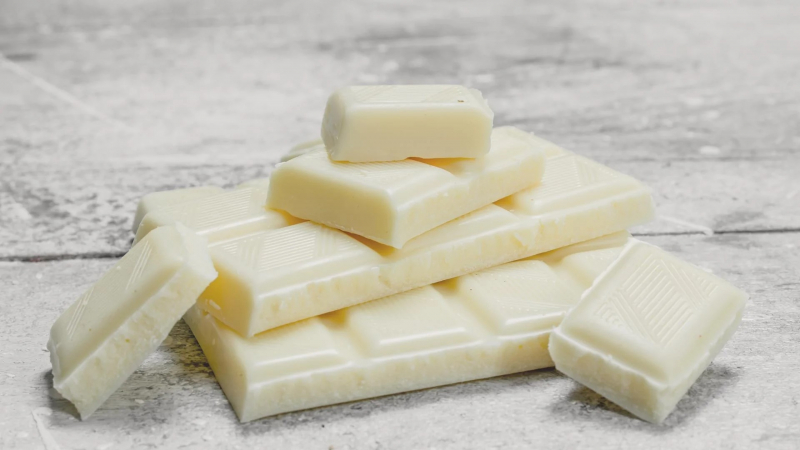
Say “Yes” to Chocolate 
Say “Yes” to Chocolate -
You don't have to constantly choose the traditional path. Your child won't even notice the difference if you make a few little, healthful adjustments.
Consider substituting zucchini noodles for regular white-flour pasta and topping bacon, sausages, and scrambled eggs. Manganese, potassium, folic acid, and vitamins A, C, and K are all abundant in zucchini. For good blood functioning and maintaining the proper balance of fluids, children need a proper amount of potassium and folic acid. You just need to make sure your kid's lunch has some fats, such as avocado oil, olive oil, hemp seeds, almonds, organic dairy (if feasible), coconut oil, fatty fish, etc. Children require fat to stay full and to fuel their brains. Additionally, don't forget to provide protein, it keeps kids full until their next meal.
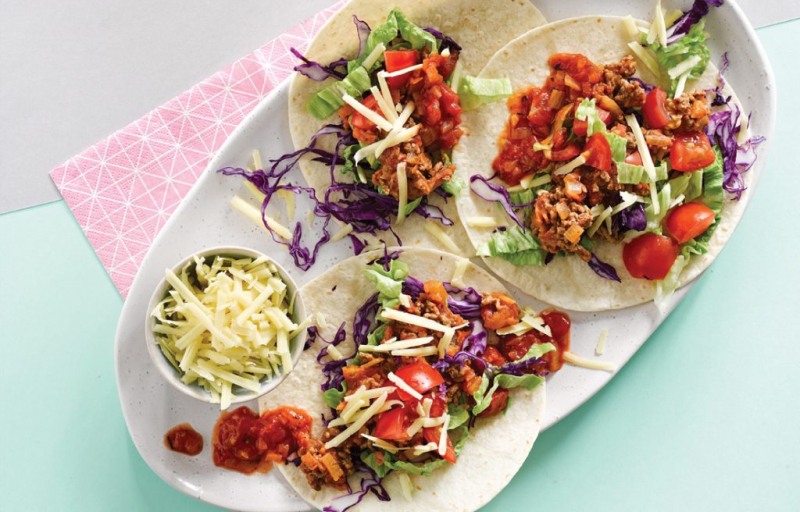
Experiment With Food Recipes 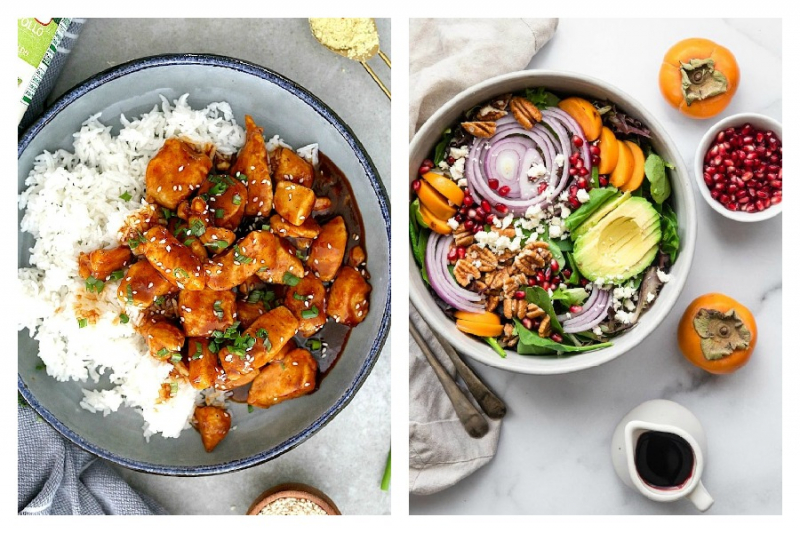
Experiment With Food Recipes -
Making healthful food attractive to eat is a challenge for many home cooks. And many people mistakenly believe that only junk food tastes good and that healthy food would always be boring, flavorless, and have a sadder look on the plate. But this is truly a misconception!
Many people hate the taste of super-healthy veggies, such as spinach, it is rich in iron, folic acid, potassium, and vitamins A, C, and K. But you can make your kid love them — and benefit from their nutritious makeup — by learning the right way to prepare them. Make a chicken roulade packed with spinach, mushroom, and cheese instead of having your kids eat spinach as a side dish with grilled chicken. Your kids will ask for seconds because it is tasty and colorful.
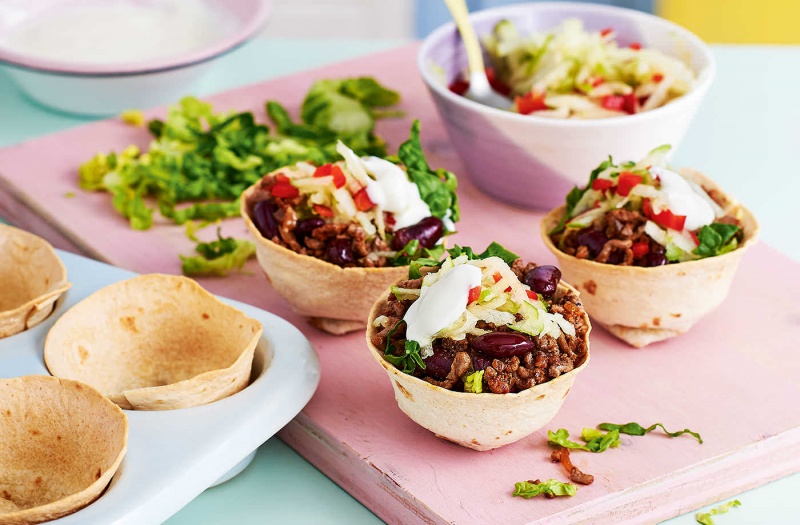
Make Healthy Foods Tasty 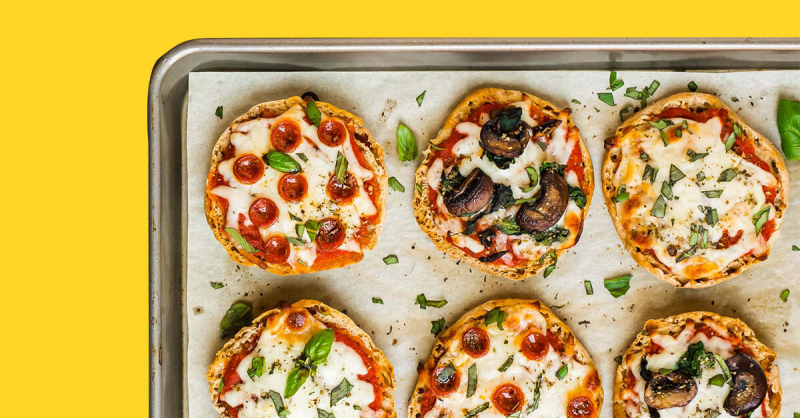
Make Healthy Foods Tasty -
If your child insists on having a McDonald's burger and fries for dinner every Friday, let them have it once in a while. However, gently explain to them that they must eat a nutritious meal the next morning to make up for it.
For the next healthy meal, you can consider oats cooked in milk with their preferred nuts, fruits, or berries. In addition to helping clean up the digestive system, the soluble fiber in oats will provide your child with enough nutrients to make up for the previous day's lack of nutrition. In addition to being a great source of protein and nutritious carbs, oats also include anti-inflammatory antioxidants and fiber.
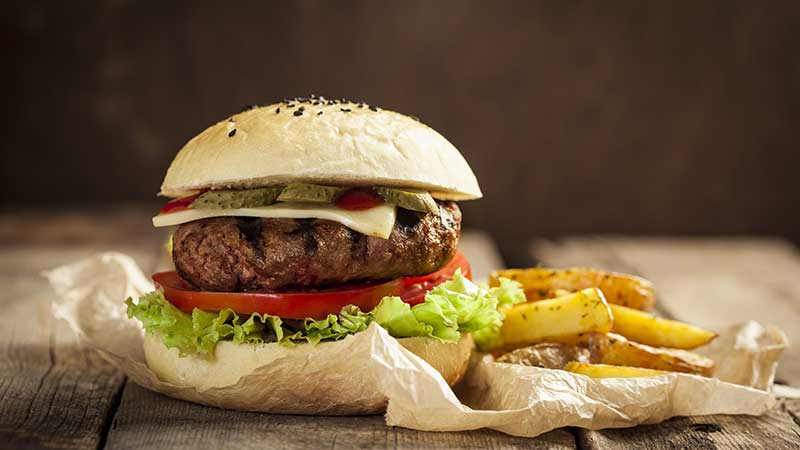
Let Them Eat Junk 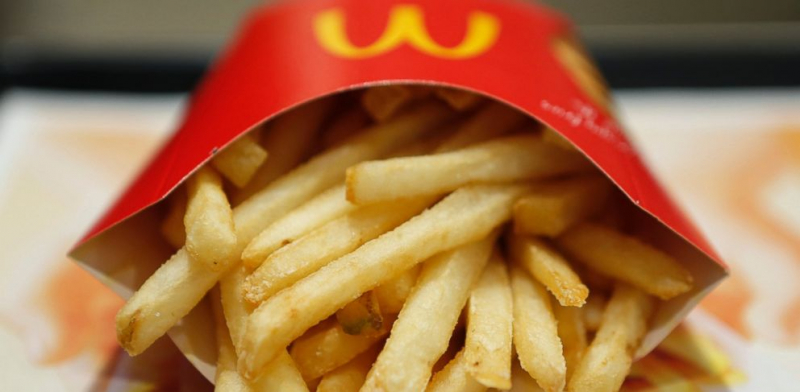
Let Them Eat Junk -
Do you and the kids feel like it's a battlefield in the dining room? Time to turn it into a playground! To encourage kids to consume their food happily, you must be very careful about how you give it to them.
The more creative the meal is, the greater the variety of foods your kids eat. Arrange the food in creative and interesting shapes on the dish, such as broccoli trees or clowns. You may even give them funny names! (e.g broccoli florets are "baby trees" or "dinosaur food"). Try coming up with novel concepts and creative ideas that will delight you and your child, driving them to look forward to mealtimes and creating good meal memories.
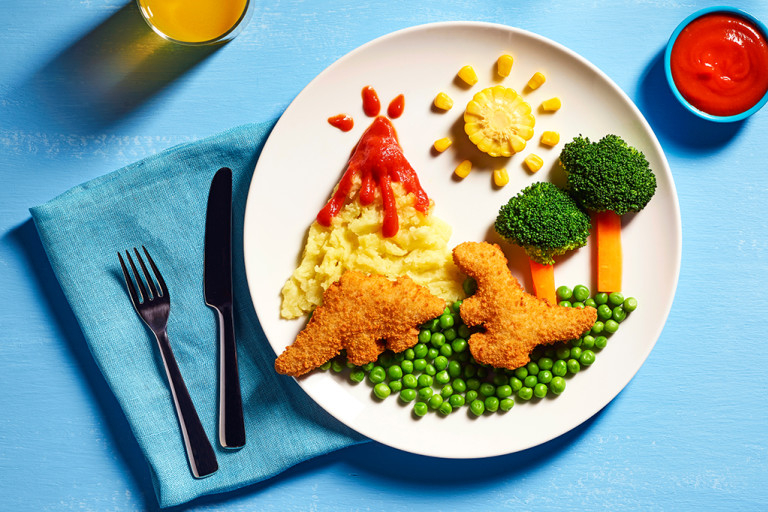
Get Creative With the Presentation 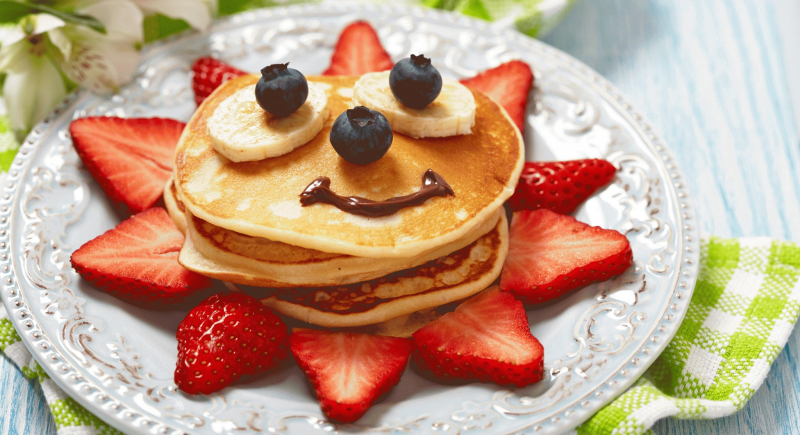
Get Creative With the Presentation -
There are many alternatives to water that serve the same purpose but provide some added benefits. Give your kid some fruity taste while staying hydrated sounds better.
For instance, if kids request sugary fruit juices or fizzy beverages, offer them flavored beverages instead. For instance, homemade lemonade with pulp in a small glass is preferable than Coca-Cola. The former gives your child a sufficient quantity of vitamin C, which is necessary for strong immune and blood vessel systems, whereas the latter is just sugar, preservatives, food coloring, and toxic acids. A glass of milk with a dash of unsweetened cocoa powder added can also provide your children with the calcium they require to develop strong teeth and bones.
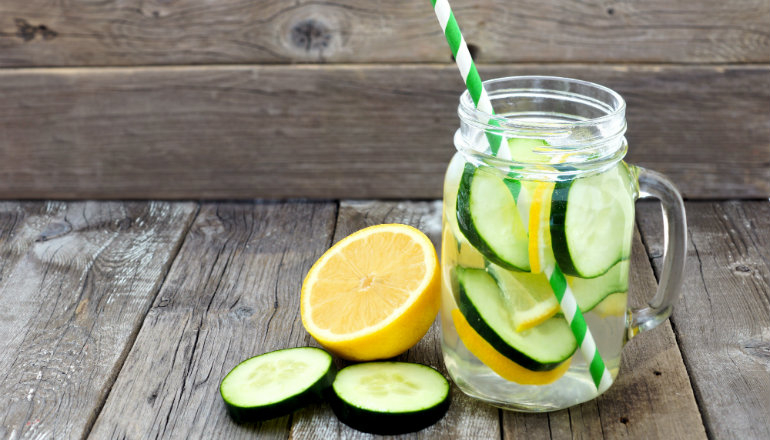
Quench Their Thirst With Healthy Drinks 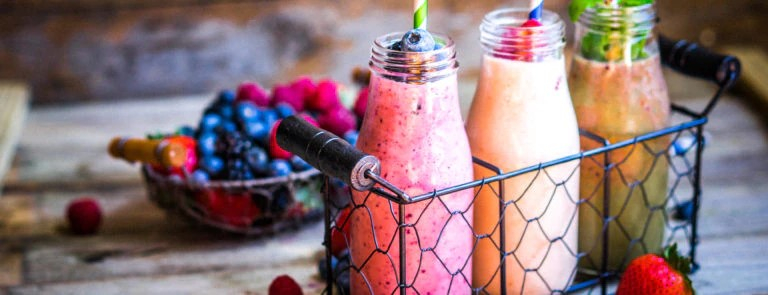
Quench Their Thirst With Healthy Drinks -
Your kids will be more likely to want to eat the food they helped create if you let them choose or prepare it. Bring them shopping so they can pick out the products for you.
When kids prepare their own food, they probably will eat until the last bite. Set some healthy ingredients out on the counter and let the kids prepare their own meals. Allow them to prepare a salad by chopping up the vegetables if they are old enough.In addition to the fact that they are more likely to eat what they have made themselves, this may be a fun family activity that teaches your children the value of home cooking over takeout.

Let Them Make Their Own Meals 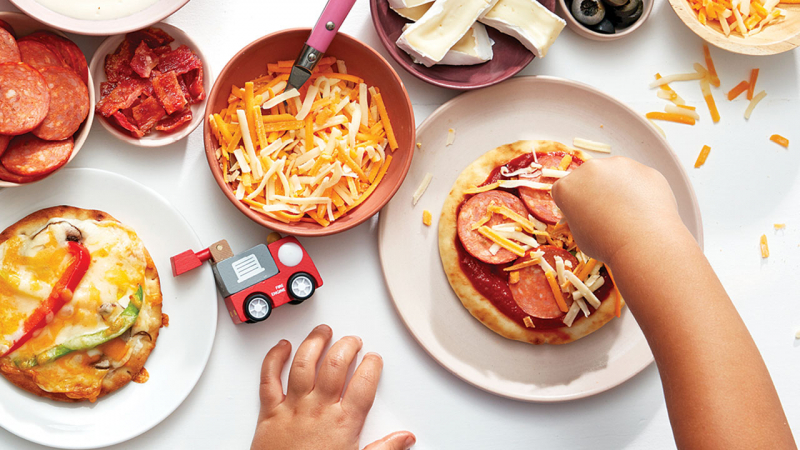
Let Them Make Their Own Meals












